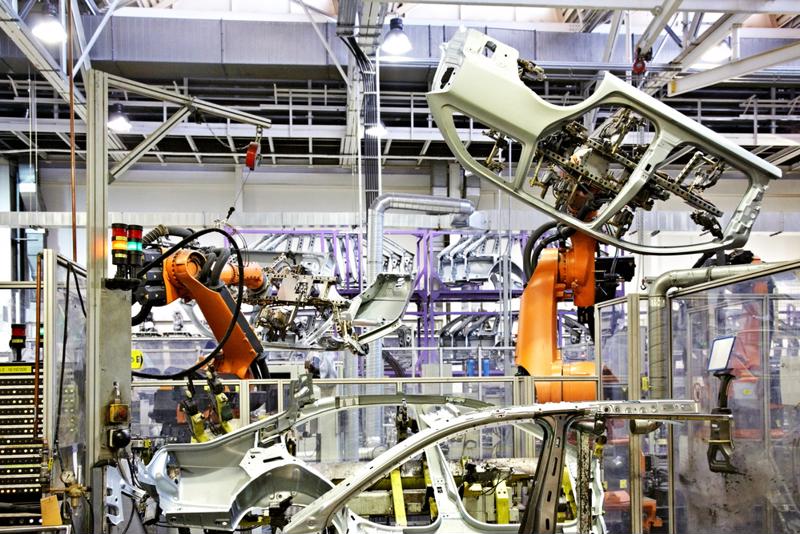Searching for an ERP? Mind these key trends
Organizations on the hunt for new enterprise resource planning software do not conduct this search in a vacuum. As project leaders develop system requirements, source vendors and perform other central tasks, the ERP industry moves forward. Firms currently locked into the adoption process must contend with the many external forces shaping the market and possibly take these developments into account when designing their solutions. Here are some of the most impactful trends affecting the ERP arena:
Choices increase
When on-premises systems dominated during the early 2000s, prospective adopters had limited options. Vendors offered comparable products that more or less included the same base features, with few exceptions. This is no longer the case. The crystallization of cloud-based storage and processing technology has opened myriad new opportunities. Now, software makers boast vast portfolios with many different variations. Companies are responding to this shift by rolling out more complex ERP strategies that mix legacy and cloud components, according to TechTarget. Why?
Many are hesitant to relinquish legacy software and put their complete trust in the cloud. The data certainly supports this conclusion. Panorama Consulting Solutions recently connected with more than 340 adopters and asked them to submit details on their respective implementation journeys. Approximately 72 percent ruled out solely cloud-based solutions due to concerns over data loss, while 12 percent did the same in fear of suffering data breaches. While enterprise technology experts have dispelled the myth that cloud ERPs are more vulnerable than on-premises systems, organizations still balk at the idea of getting rid of their server rooms entirely. Still, many see the benefit of this newer technology and support mixed approaches, maintaining core legacy gear while moving customer relationship management and inventory management solutions into the cloud. Some are even combining the new and the old via specialized integration modules.
SaaS moves to the fore
The Software-as-a-Service model is quickly becoming the go-to arrangement for enterprises juggling multiple backend systems. This methodology offers several key advantages. Most importantly, vendors are in charge of maintaining SaaS setups, meaning adopters no longer have to worry about performing maintenance tasks or implementing updates. Additionally, the monthly billing structure that most often accompanies SaaS platforms facilitates vendor accountability and therefore improves user experience, as software makers must maintain high service quality to retain clients, Enterprise Apps Today reported. Consequently, 26 percent of respondents in the Panorama survey chose to implement such systems, making SaaS ERPs the second most popular choice behind on-premises solutions.

IoT technology matures
The Internet of Things is expected to encompass more than 8.3 billion devices by the end of the year, according to research from Gartner. This represents an increase of 31 percent over figures recorded in 2016. Businesses alone will maintain over 4 billion IoT fixtures before the year is out, indicating the sustained growth of the enterprise IoT technology market. Manufacturers are, of course, leading the way when it comes to adopting these devices, integrating advanced sensors, mobile applications and other innovations into automated workflows meant to facilitate organizational scalability and longevity.
This sea change has had an immense impact on companies using manufacturing ERP software, as most have had to evaluate their existing solutions against new IoT requirements, according to Manufacturing Automation magazine. Vendors are certainly meeting the demand here, quickly rolling out IoT modules to support clients embracing the trend. However, some believe the emergence of IoT technology could change the ERP market entirely, Industry Week reported. How?
For one, the real-time data collection abilities that come with these fixtures could negate the need for forecasting, allowing companies to establish direct data flows between the point-of-sale and the factory. Analysts also expect IoT technology to establish lines of communication between the customers and ERP solutions, as individuals interact with backend systems via web-enabled products. This would give organizations the power to cultivate deeper customer relationships and forgo the manual data entry processes usually require to maintain accurate data. Lastly, the prevalence of IoT devices in the workplace will force prospective adopters to take a look at their data security measures to ensure that employees and consumers are protected against cyberthreats.
Firms looking to integrate advanced ERP technology into their existing operations must take these trends into consideration when forging their path toward adoption. Those that fail to do so may be setting themselves up for future failure, as competitors with forward-looking solutions leave them in the dust.
Is your organization on the hunt for a new ERP system? Connect with Accent Software. As a Microsoft businesses solutions partner, we offer the Dynamics NAV platform, the perfect ERP solution for enterprises of all sizes. Learn more about our offerings today.


